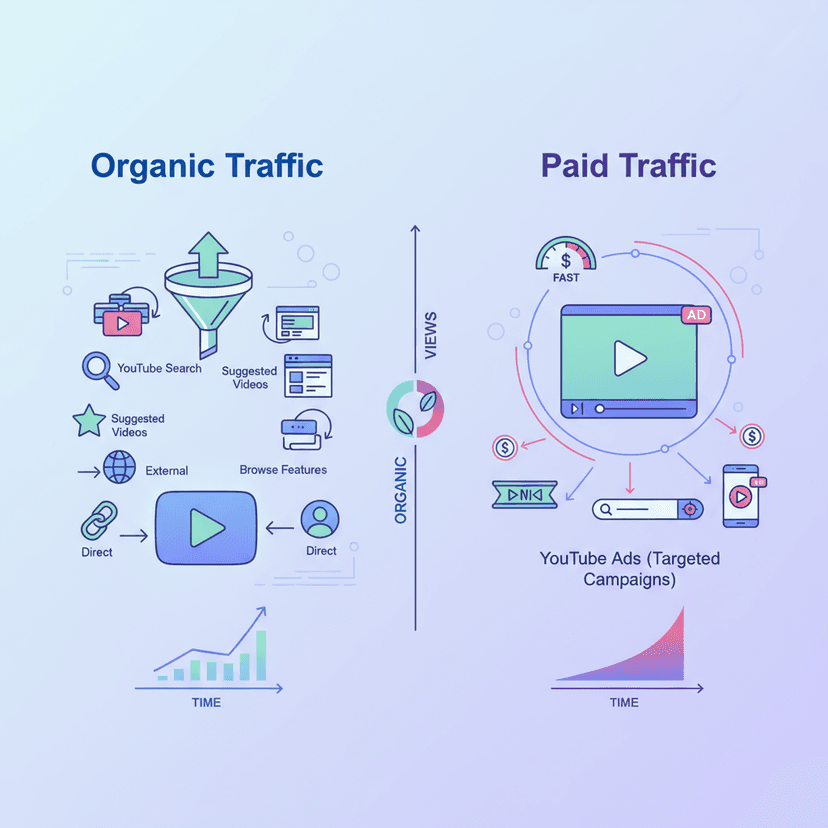In today’s world of SEO, there are many techniques and strategies that website administrators try to use to improve their ranking in search results. One of the essential basic tools is an XML Sitemap, which is a file that helps search engines understand the structure of your website better. However, there are many misconceptions about how to use an XML Sitemap effectively. This article will explain how to use an XML Sitemap correctly and avoid using ineffective strategies.
What is an XML Sitemap?
An XML Sitemap is a file that compiles a list of all the pages on your website to help search engines understand which pages should be included in the search index. It also helps identify the importance of each page and the frequency of updates. An XML Sitemap acts as a map for Google and other search engines to help them find and index your web pages more efficiently.
In an XML Sitemap file, there is important information such as:
Misconceptions About XML Sitemaps and Update Dates
A common misconception about XML Sitemaps is that updating the date in the lastmod tag automatically to the current date will help improve search rankings. Many people believe that doing so will send a “freshness signal” to Google that your content is constantly being updated.
However, John Mueller, a specialist from Google, has confirmed that this strategy is useless and may be detrimental to your SEO Thailand.
Mueller commented on Reddit: “Setting the current date in the sitemap doesn’t help at all. It’s just a lazy setting. It makes it harder for search engines to find truly updated pages. It definitely doesn’t work to their benefit.”
Why Adjusting Dates in an XML Sitemap Doesn’t Help with Ranking?
There are several reasons why adjusting dates in an XML Sitemap without making actual content changes does not help with ranking:
1. Google is Smart at Detecting Tampering
Google has developed complex algorithms that can detect whether there have been actual content changes. No matter how you update the date in the sitemap, if the content hasn’t changed, Google will know.
2. Makes it Difficult to Find Actual Updates
When you automatically update all the dates, search engines will have trouble identifying which pages have actually been updated, which may cause important content updates to not receive the attention they deserve.
3. A Waste of Resources
Setting up an XML Sitemap to automatically update dates is a waste of crawl resources because Google will have to check web pages that haven’t actually changed.
4. May Have Negative Long-Term Effects
Using techniques that attempt to trick Google may have negative consequences for your website’s credibility in the long run. Even if it doesn’t result in penalties, it won’t help build a good relationship with search engines.
How to Use an XML Sitemap Correctly for Maximum Benefit
Instead of wasting time adjusting dates in an XML Sitemap, here’s how to use it correctly to maximize its benefits for SEO:
1. Update Dates Only When There Are Actual Content Changes
The lastmod tag should only display the date when the web page’s content was actually updated. Doing so will help Google know when to return and re-index the web page.
2. Include Only Pages You Want to Appear in Search Results
You don’t need to include every page on your website in the XML Sitemap. You should only include high-quality pages that you want to appear in search results.
3. Use the Priority Tag Appropriately
The priority tag helps tell Google which pages are more important than others. Use values between 0.0 and 1.0, with the homepage having the highest value and less important pages having lower values.
4. Divide XML Sitemaps for Large Websites
If your website has a large number of web pages, dividing the XML Sitemap into multiple files by content type will make management easier and help Google process them more efficiently.
5. Submit Your XML Sitemap to Google Search Console
After creating an XML Sitemap, don’t forget to submit it to Google Search Console to ensure that Google is aware of and uses your file.
Better Strategies Than Adjusting Dates in an XML Sitemap
Instead of wasting time adjusting dates in an XML Sitemap, there are more effective strategies you should focus on:
1. Create High-Quality Content Consistently
Creating high-quality and helpful content consistently is the best way to send a “freshness signal” to Google. Good content will attract users and natural links, which have more impact on ranking.
2. Update Existing Content
Regularly updating and improving existing content will keep your content fresh and valuable to users, which is a positive signal to Google.
3. Improve User Experience
Google increasingly prioritizes user experience. Improving website speed, mobile-friendliness, and navigation structure will help increase rankings more than any technical tricks.
4. Build Quality Links
Getting links from reputable websites remains a crucial factor in ranking. Focus on building relationships and earning quality links instead of using ineffective technical tactics.
Lessons for SEO Professionals
The misconception about XML Sitemaps and update dates is a good example of the reality that not everything that seems to affect ranking actually does.
When you see competitors using questionable techniques but still getting good rankings, it may not be because of those techniques, but because of other more important factors, such as content quality, user experience, or a strong link profile.
Ethical and quality-focused SEO may take longer, but it will yield more sustainable results. Techniques that attempt to trick Google often provide only short-term gains and may have negative long-term consequences.
Conclusion
An XML Sitemap is an important tool in SEO, but it must be used correctly. Automatically adjusting dates does not help with ranking and may be a waste of resources. Instead of using ineffective strategies, focus on creating high-quality content, improving user experience, and building quality links.
Updating dates in an XML Sitemap should only be done when there are actual content changes. This will help Google understand your website better and index it more efficiently. Ultimately, ethical and user-focused SEO will yield the best results in the long run.
If you need further consultation regarding digital marketing, you can contact us at Digital Marketing Services.







